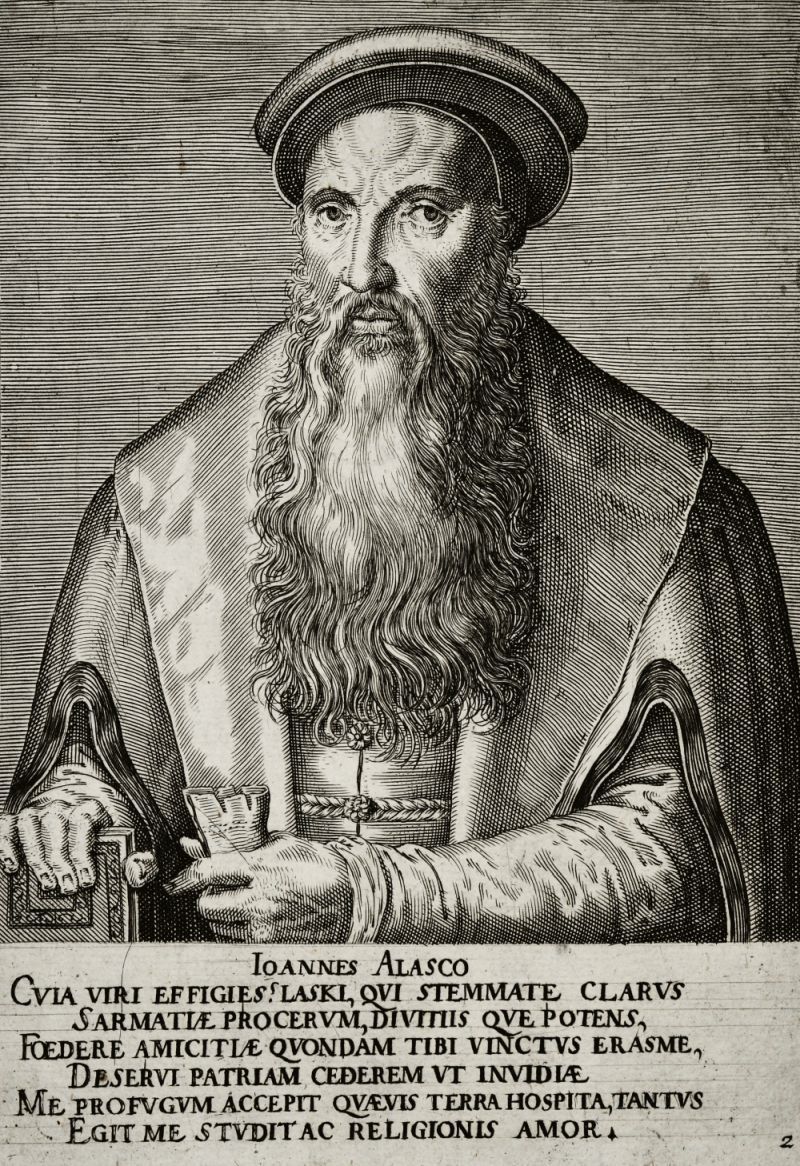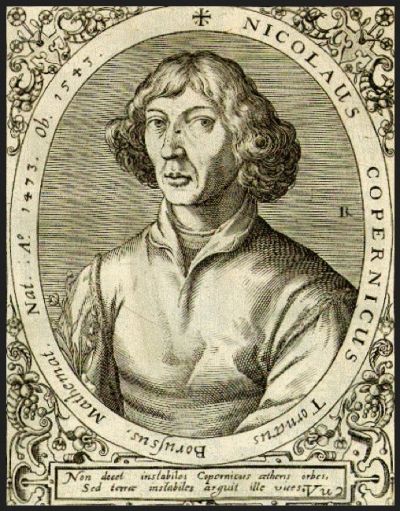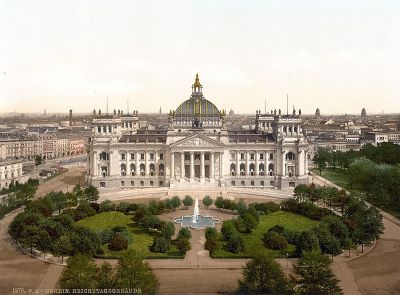Johannes a Lasco
Mediathek Sorted

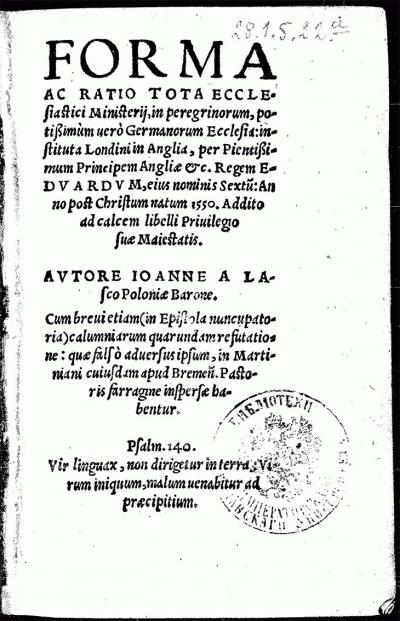
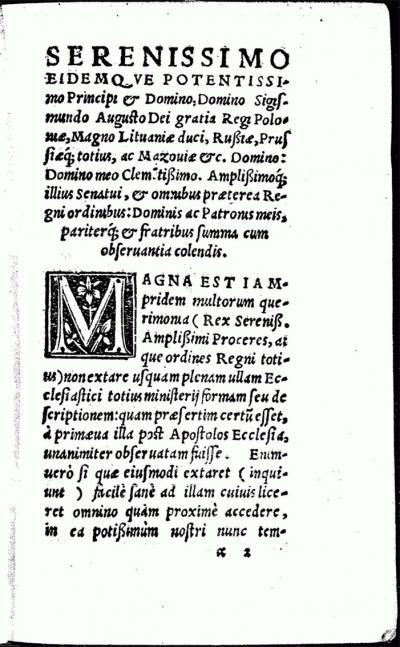
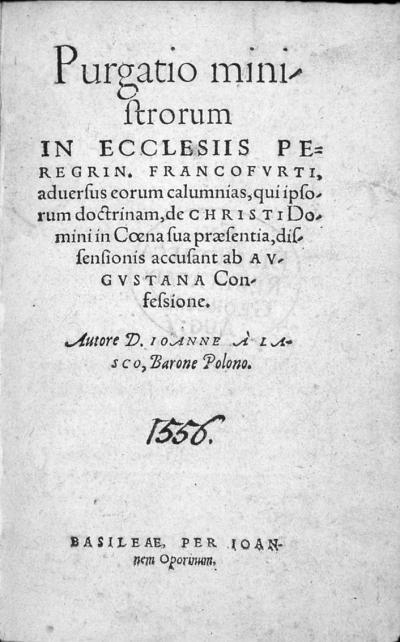
![Fig. 4: Response to Joachim Westphal Fig. 4: Response to Joachim Westphal - John à Lasco/Jan Łaski: Responsio ad uirule[n]tam, calumniisque Ac Mendaciis Consarcinatam hominis furiosi Ioachimi VVestphali Epistola[m] quandam, qua purgationem Ecclesiaru[m] Peregrinarum Francofor...](/sites/default/files/styles/width_100_tiles/public/assets/images/4_antwort_auf_joachim_westphal_1560.jpg?itok=Pd3diTmf)
![Fig. 5: Three letters Fig. 5: Three letters - John à Lasco/Jan Łaski: Epistolae tres lectu dignissimae, de recta et legitima ecclesiarum benè instituendarum ratione ac modo: ad Potentiss. Regem Poloniae, Senatum, reliquos[que] Ordines, Basel 1556](/sites/default/files/styles/width_100_tiles/public/assets/images/5_drei_briefe_1556.jpg?itok=hQ0svO_N)



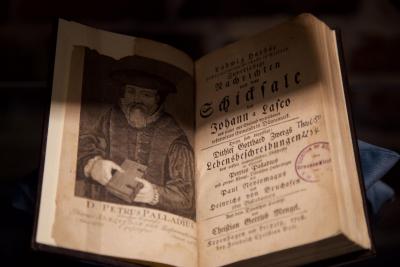

A Lasco’s rift with the Catholic church and with his ecclesiastical ministries in Poland was even more radical: Within the circle of the Leuven Reformers, he got to known a Ms Barbara, “pauperculam sine ulla dote uxorem” (a poor woman without any dowry), and married her at the beginning of 1540. In April the news of the marriage reached King Sigismund in Poland who immediately sought the opinion of the Pope about a possible revocation of all offices and benefices of the “Lutheran” John à Łaski. By the middle of the year, à Lasco’s marriage was common knowledge in Poland, and by the end of the year all of his appointments and revenues had already been redistributed. In Leuven, he now also had to fear persecution by the Inquisition. A Lasco and his wife left the city at the same time as Hardenberg and travelled to Emden, which was the principle city of the county of East Frisia with 3,000 inhabitants and was beyond the dominions of the Habsburgs. The acting Regent, Enno II (1505-1540), was known for his liberal religious policy and various church reforms, not all of which had succeeded. Soon after à Lasco’s arrival, the Regent offered him the position of Superintendent of East Frisia. However, à Lasco initially rejected the offer.[12]
When Jarosław fell ill on his way back from Constantinople and was lying on his death bed, à Lasco once again travelled to Poland. After his brother’s death in December 1541, he made an attempt to be reappointed to his lost offices. He pledged an oath before the cathedral chapter in Kraków, that, according to Jürgens, he “had not strayed from the teachings of the Catholic church”[13] but he kept silent about his marriage. As a consequence of this “Confessio”, his offices were restored in March 1542 and he was reimbursed for the income that he had been denied. Jürgens suspects that, along with his tangible financial interest, à Lasco’s motivation for this procedure was “to be able to implement his reformist-humanist ideals in the Polish church” with the help of the restored offices.[14] However, when à Lasco once again saw no prospect of a Bishop’s office, he returned to Emden at the beginning of May.[15]
Around the turn of the year 1542/43, Anna von Oldenburg (1501-1575), the widow of Enno II and Regent for her minor sons, appointed him Superintendent of the East Frisian church which, at this time, was widely disorganised. This time à Lasco accepted. In spite of an existing church order, different liturgical forms and Eucharist rituals were being practised by the Protestants, based on either Luther or Zwingli, and the teaching differed from preacher to preacher and from village to village. Catholic mass was read in the monasteries. East Frisia saw many new arrivals of Protestant congregations and Baptists from the Netherlands as religious refugees.[16]





















































































